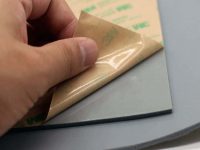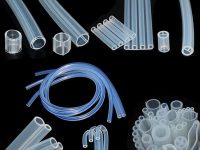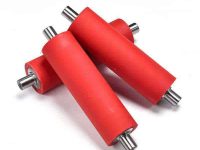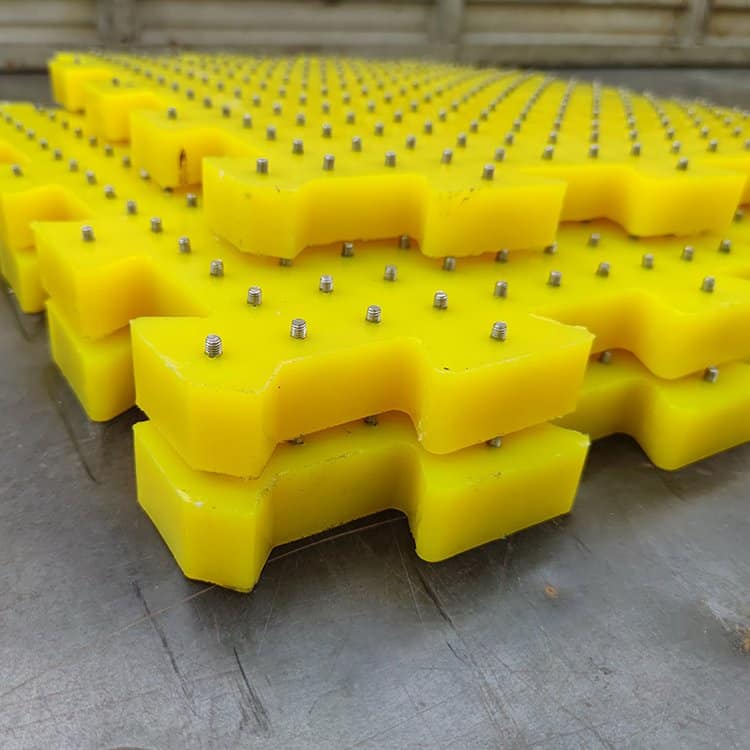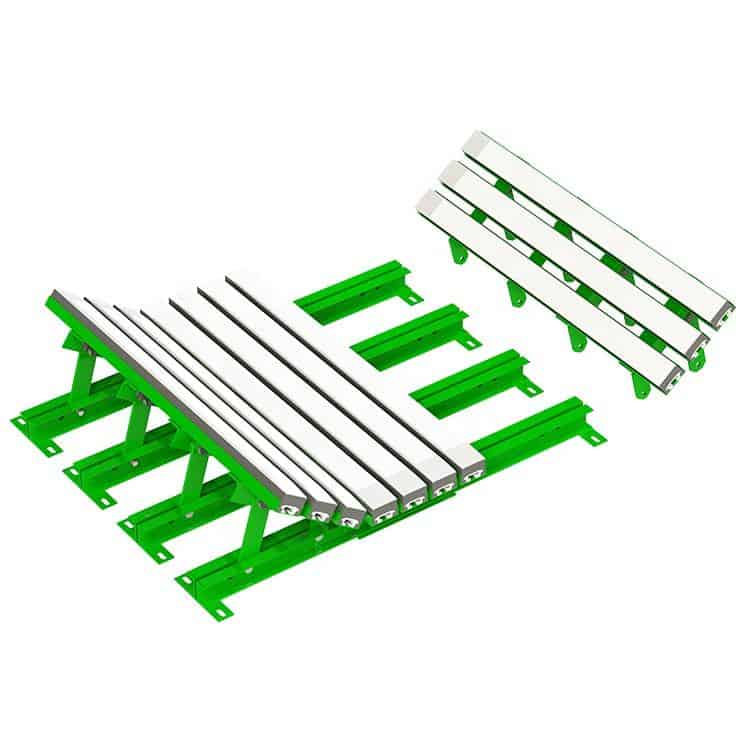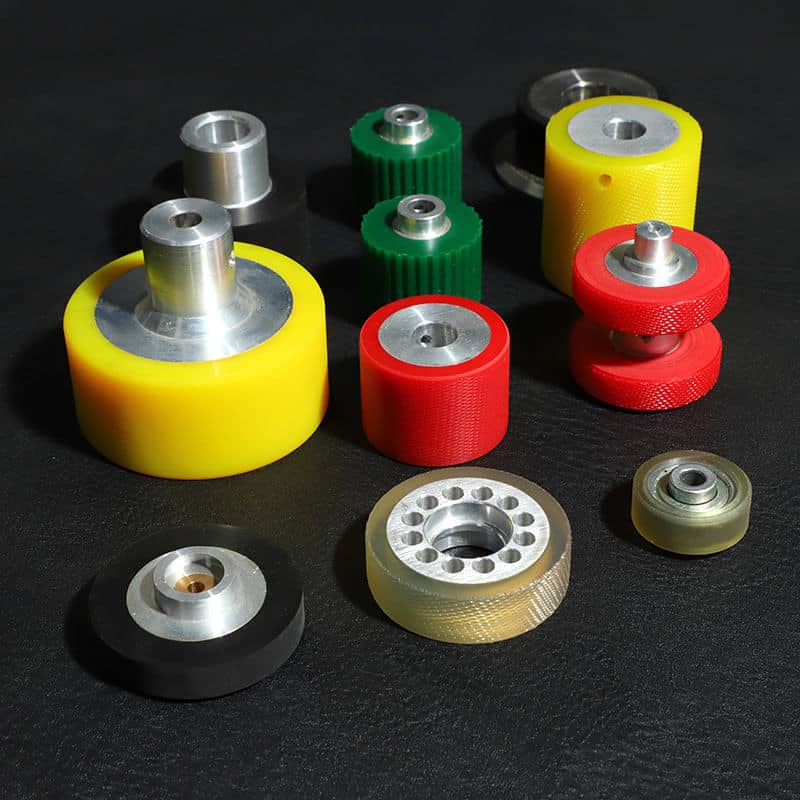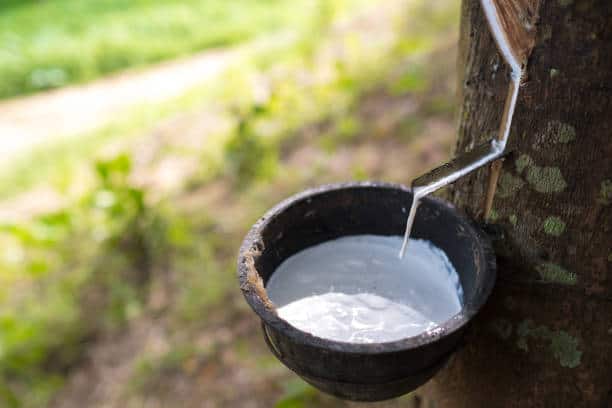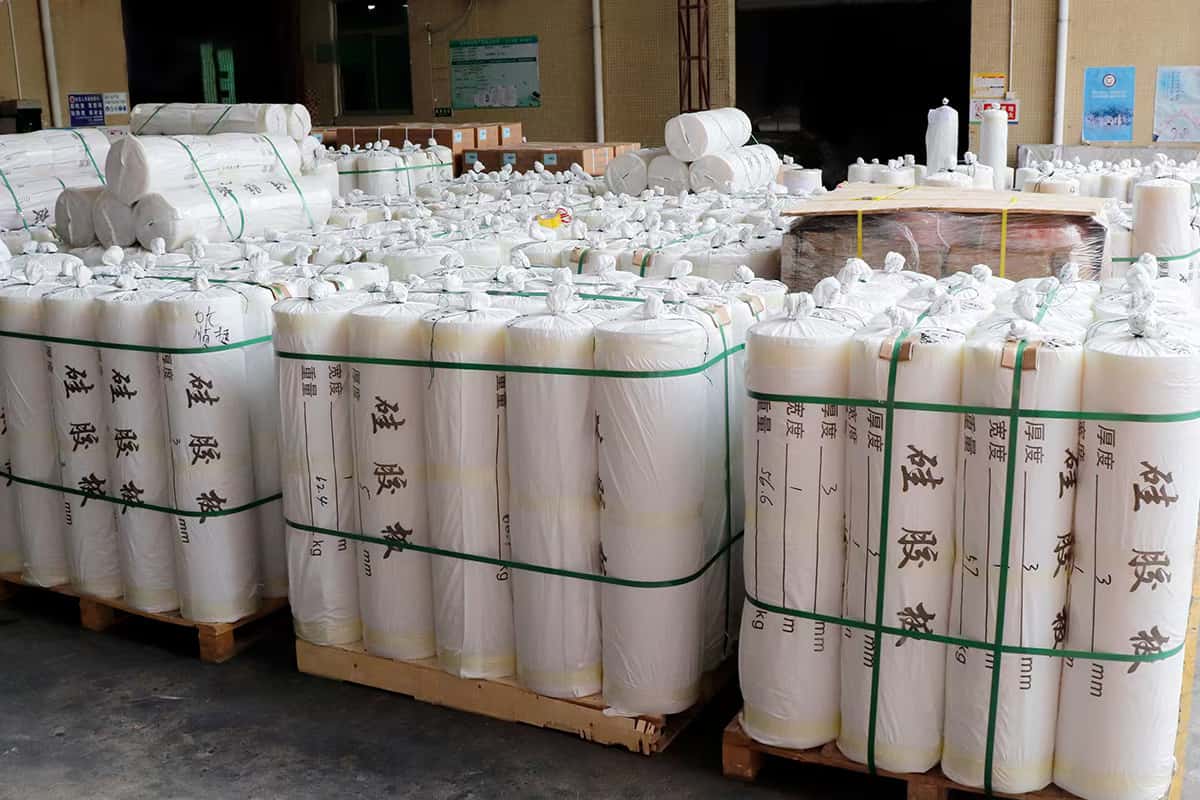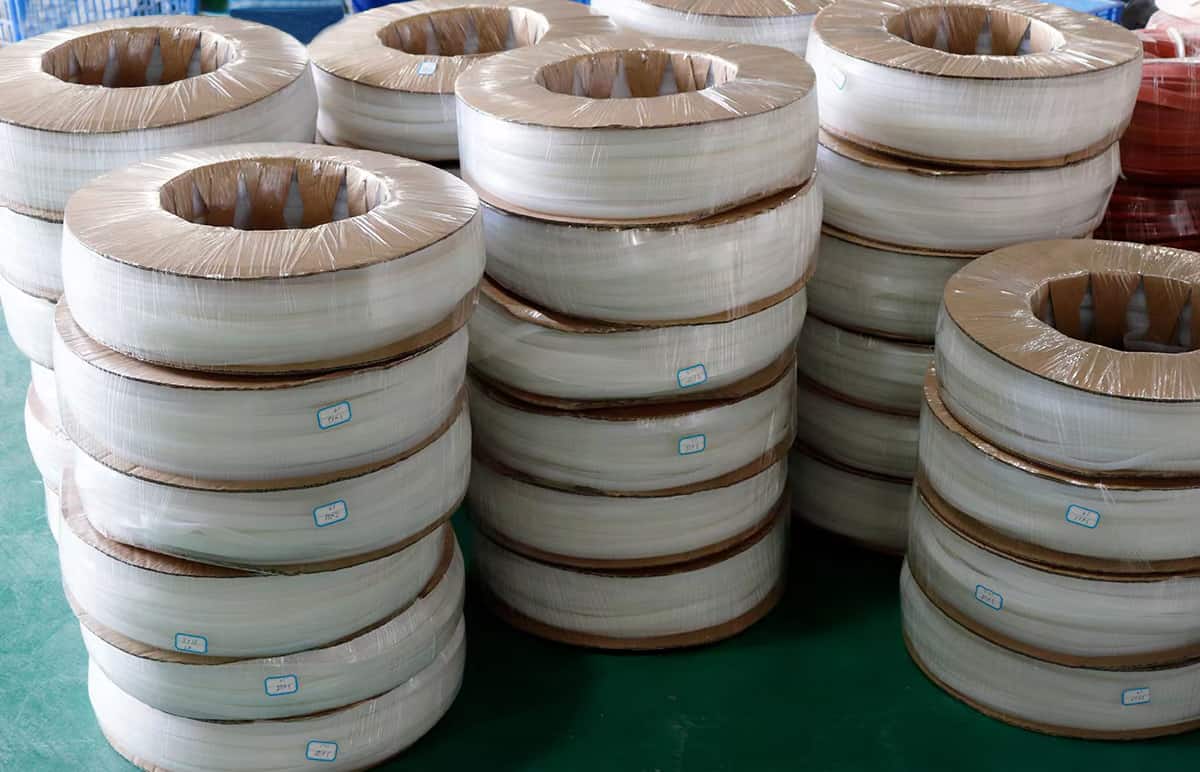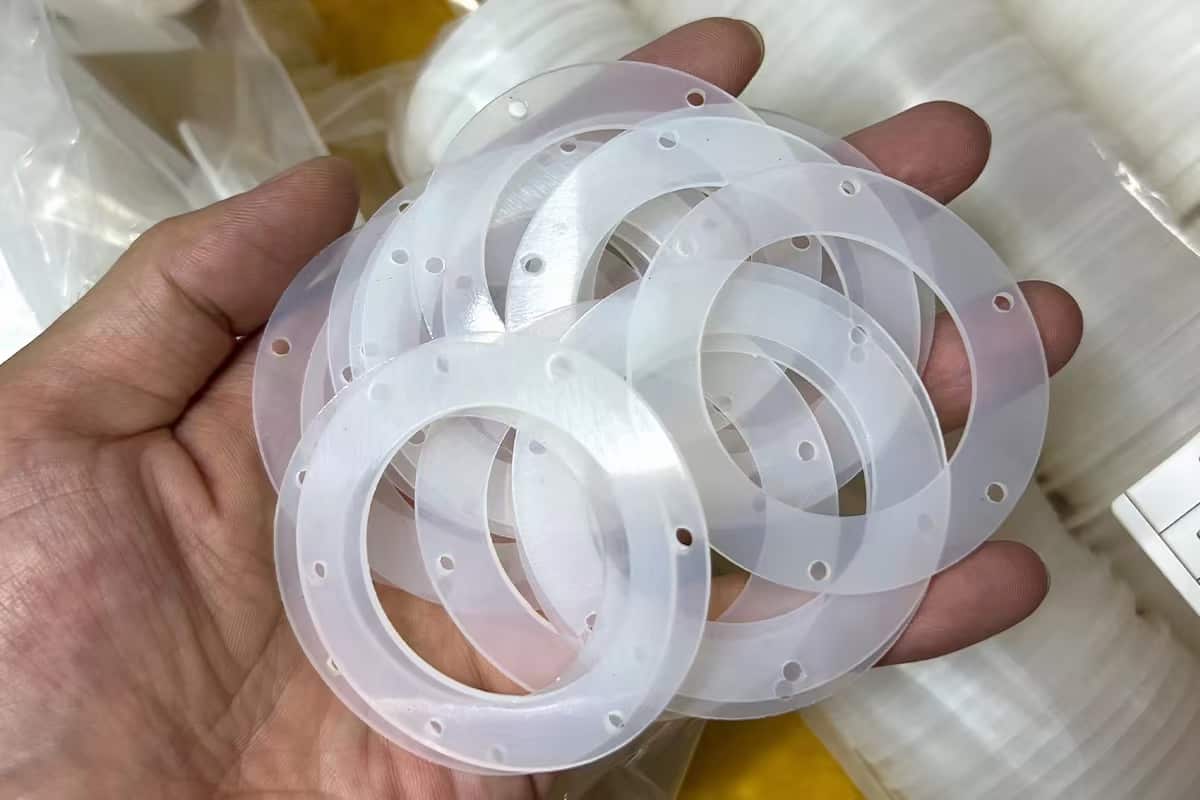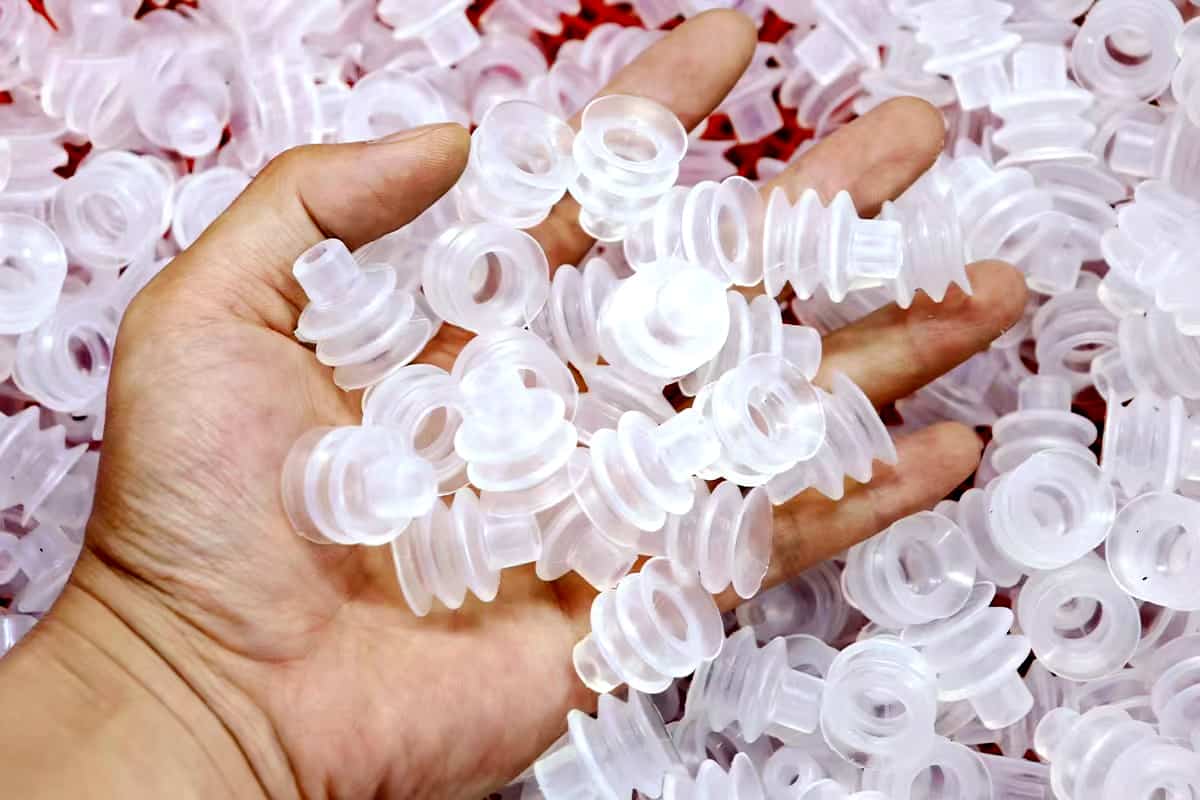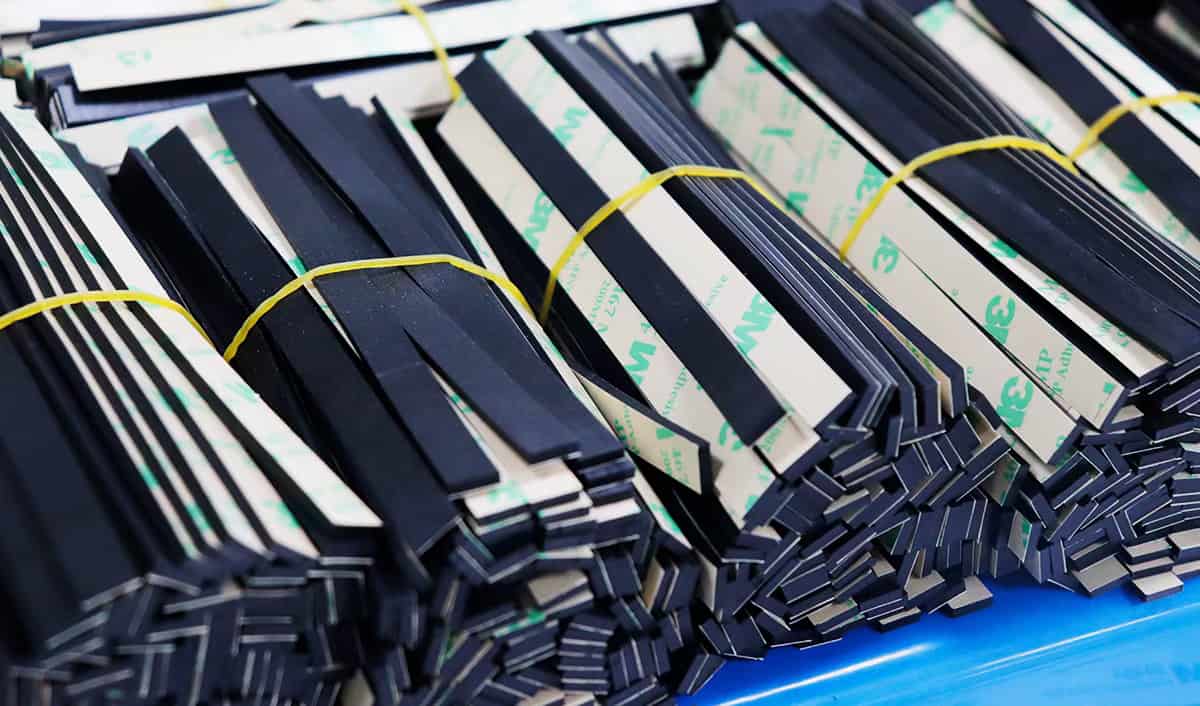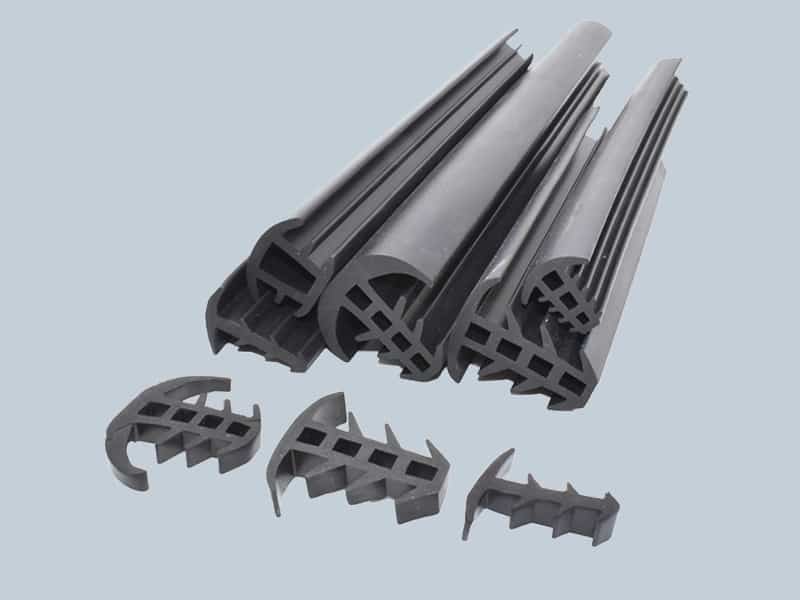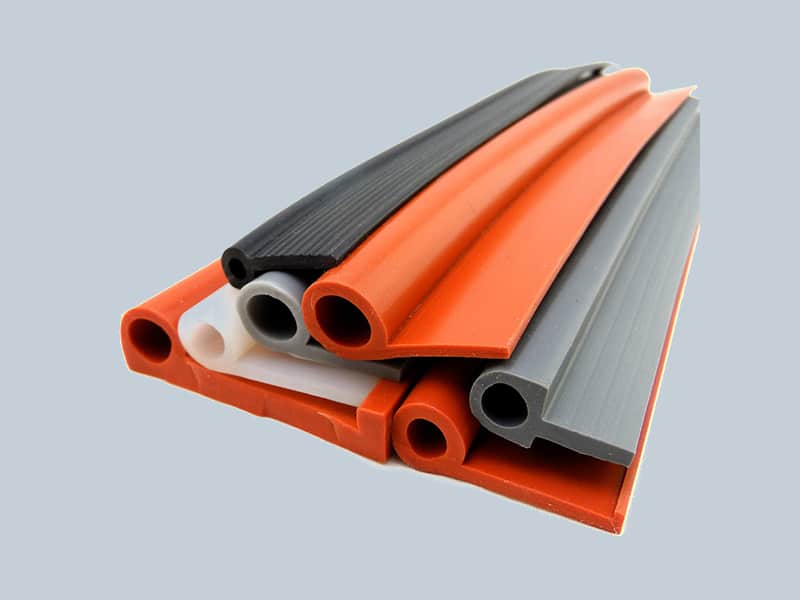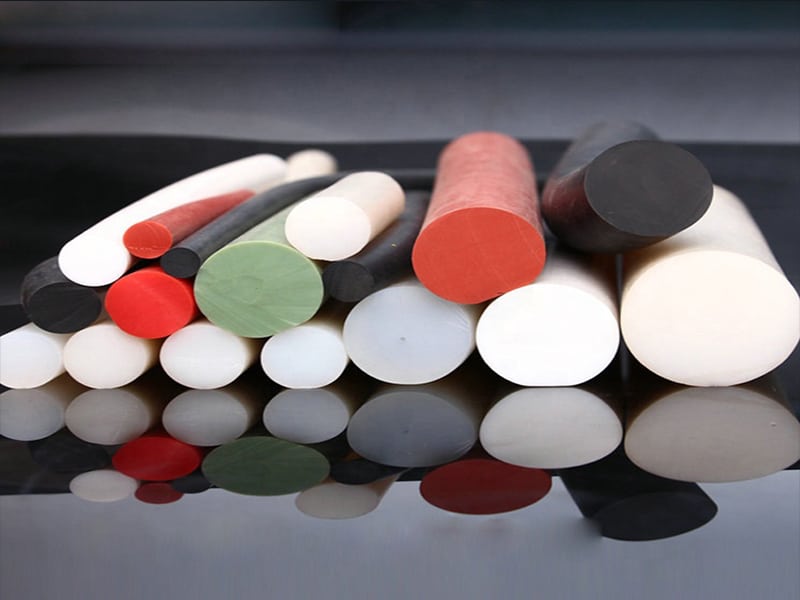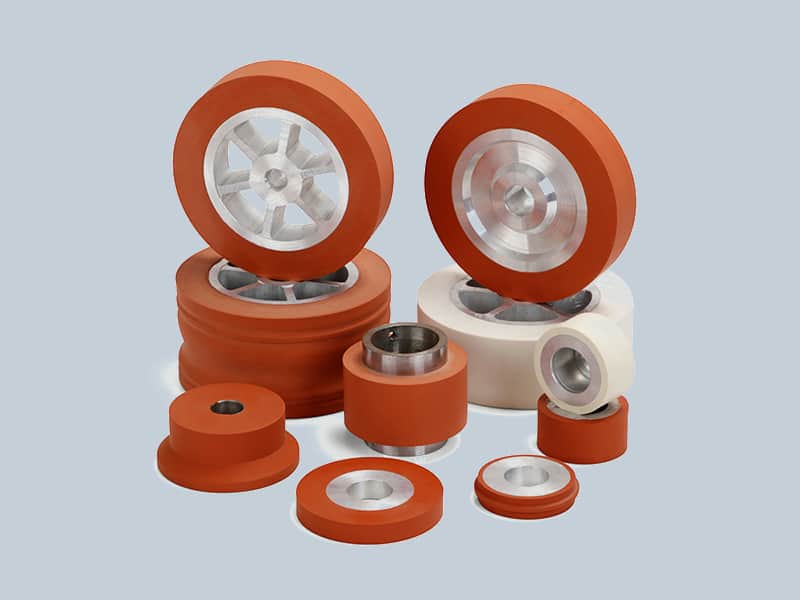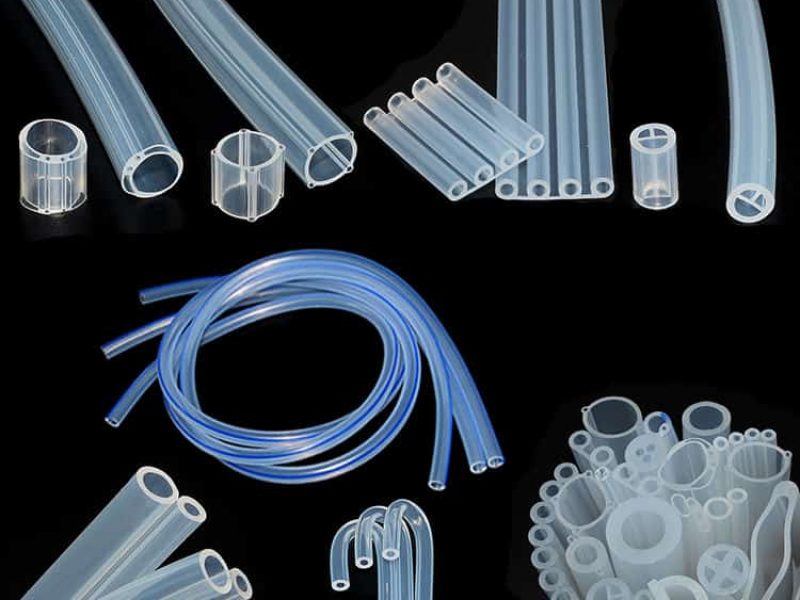
Benefits of Fluid Transfer
Fluid transfer has numerous benefits in various industries. One of the primary advantages is its ability to quickly and efficiently move large amounts of fluid from one place to another, such as moving heated or cooled fluids for energy production. Additionally, it helps reduce costs associated with heating and cooling by eliminating the need for additional equipment, allowing businesses to save both time and money. Furthermore, transfers are often environmental friendly since they can reduce emissions associated with transporting heated or cooled fluids over long distances. Finally, the efficient transport of fluids also helps improve safety standards due to better control over the flow rate and pressure levels of the transferred fluid. By controlling these levels precisely, operators can ensure that equipment operates within safe parameters at all times.
Step 1: Select Container
Selecting the right container is key when transferring heated or cooled fluids. The basic requirements for any fluid container are it must be able to hold the amount of fluid needed, be sealed and able to withstand the pressure of the fluid within it. Depending on application, additional features may be required in order to ensure a safe transfer. For instance, some containers need to contain an anti-corrosive solution if they will come into contact with a corrosive material. Additionally, certain types of materials may require additional components such as steam traps or insulating jackets for temperature control. In terms of size, there is no single universal size that fits all applications; instead containers should fit their purpose and specific needs for each individual project. Finally before purchasing a container one should always make sure that it meets all safety regulations and standards in order to make sure that it functions properly and can handle extreme conditions if necessary.
Step 2: Choose Appropriate Pump
When choosing a pump, it is important to consider the system requirements of the application. The flow rate of the pump should be matched to the flow rate and pressure requirements of the application. The pump’s compatibility with different liquids or gases must also be considered in order for it to provide optimal performance and efficiency. Additionally, special features such as noise level, cost-effectiveness, durability, maintenance requirements and ease of installation must be taken into account when selecting a pump. Factors such as these will determine which type of pump is most suitable for an individual situation. For example, positive displacement pumps are more suitable for fluids with high viscosity since they provide more even flow rates than centrifugal pumps do. On the other hand, centrifugal pumps are well suited to applications where high pressure is required due to their ability to increase fluid velocity by reducing resistance through impeller rotation. Finally, magnetic drive pumps can be used if there is a need for leak prevention during operation – they do not require any mechanical seals that could otherwise cause leakage issues over time.
Step 3: Install Insulation
Once you have chosen the insulation material, it is time to install it. Installation is one of the most important steps in the process as a poorly insulated system can lead to energy loss. The process starts with preparing and cleaning the surfaces of the silicone pipe and fittings that will be insulated. To ensure maximum thermal efficiency, all surfaces must be free of any contaminants or debris before installation. Once done, measure out enough insulation to fit around each fitting and pipe; this should be done carefully as even small gaps can cause heat transfer losses. Install foam insulation using either adhesive spray or bands and clamps for larger pipes; tape down any edges or seams for added waterproofing effectiveness. For fiberglass insulations, use metal fasteners like staples or clips to secure them along with a sealant if necessary. Make sure all connections are tightly sealed and airtight for optimal performance; test for leaks afterwards with an infrared camera if possible.
Step 4: Maintain Temperature
Once the desired temperature has been reached, it is essential to maintain this temperature throughout the transfer. This can be achieved by using a combination of insulation materials and temperature control mechanisms. Heat loss should be minimized by utilizing insulating material such as rubber or foam along with proper lid seals on vessels containing heated fluids. If possible, use an insulated pump to reduce heat losses during pumping operations. Temperature fluctuations should be monitored carefully and corrected when necessary. An effective method of maintaining consistent temperatures is through the use of thermostats and/or automatic temperature controllers that monitor and adjust temperatures within prescribed tolerances. Additionally, regular maintenance of equipment must take place in order to ensure all components are functioning properly at all times in order to prevent unexpected variations in fluid temperatures. Finally, if possible, try to keep vessels containing heated or cooled fluids away from direct sunlight exposure as this can contribute to unwanted changes in fluid temperatures over time.
Step 5: Monitor System
Monitoring the system is a crucial element of successful fluid transfer. Monitoring allows you to track and analyze performance, identify any issues that might arise, and make necessary adjustments in order to ensure optimal performance. It also helps to inform decisions regarding maintenance cycles and when to replace components.
The most important factor in monitoring your system is understanding what data points are the most relevant for the type of fluid being transferred. This includes flow rate, pressure levels, temperature readings, pH balance, electrical conductivity readings and more depending on the type of fluid being transferred. Additionally, it’s important to properly calibrate your monitoring equipment in order to provide accurate readings. Once everything is set up correctly it’s just a matter of regularly checking your data points over time to see how efficient your system is running and if any changes need to be made for better performance or safety reasons.
Finally, it’s important not only to monitor performance but also document the results for future reference as this can help inform further analysis down the road if needed. Recording readings on paper or electronically can help provide an audit trail so you can easily review historical measurements from previous transfers or look back at patterns over time if necessary.
Conclusion: Efficient Fluid Transfer
Fluid transfer is a critical task in many industries, including manufacturing and food processing. To ensure that the process is efficient and effective, it is important to take into account factors such as material selection, temperature control and flow velocity when transferring heated or cooled fluids. The right materials should be used for the application; these may include plastics, metals or other non-metallic compounds. Temperature control should also be considered to ensure that the temperatures of both outgoing and incoming fluids are not too high or too low. Finally, flow velocity should be taken into consideration to reduce turbulence which can increase friction losses in the fluid transfer system. By implementing these steps efficiently, fluid transfer systems can become more reliable and cost-effective.


